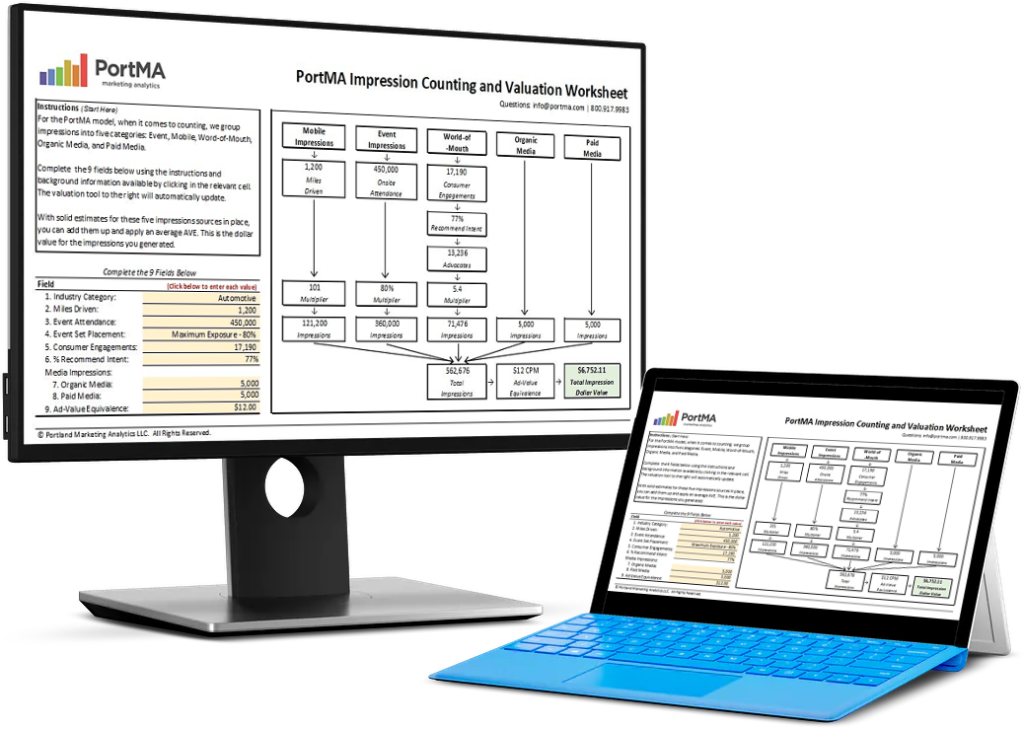
In our two previous blogs, we talked about influencer marketing and the importance of data for measuring campaign success (Section One). We also mentioned the impending changes brands using influencers are likely to phase as leading platforms stop using cookies and discontinue other forms of tracking in (Section Two).
This blog picks up where the last two left off and continue our conversation with influencer-marketing expert Isaac Simpson. We talk more about measuring digital marketing, experiential marketing, and influencer marketing campaign performance in a world without cookies.
Authenticity Counts
Just a few years ago, brands using influencer marketing were simply looking at the number of followers a potential influencer could help them reach. Today, more brands are starting to look beyond numbers.
They are considering the engagement and authenticity of a person’s following over and above pure numbers. Authentic followers tend to convert more than bought followers. Bought followers may help an influencer buffer their numbers, but brands only benefit if followers are truly ready to engage with them.
The Four Stages of Campaign Success
Based on these considerations, we can look at four stages of campaign success:
- Awareness
- Consideration
- Preference
- Conversion
In that respect, influencer marketing is no different from other forms of (digital) marketing. The stages form a process or a funnel. Measuring success at each stage requires different metrics. In most cases, conversions will be the easiest figure to measure.
In fact, we could go as far as saying that – aside from banner ads or Google Ads – influencer marketing conversions are among the easiest marketing metrics.
(You can listen to the full episode of the podcast below.)
Conversion and Attribution
One of the simplest ways to measure conversions is by giving consumers a discount code and measuring how many people use the code. For most campaigns, redemptions will sit around 10%, leaving some clients disappointed. Other influencer campaigns just pop. The difficulty for marketers lies in identifying why one post has worked while another went unnoticed.
The same is true for working with one influencer over another. Influencer marketing expert Isaac Simpson cites the example of a new cannabis company that was working with one kind of influencer with moderate success. When they switched to a different type of influencer, their campaigns started converting.
Knowing Your Audience
It’s hard to argue with the conversions, but it is worth considering what helped shift the gears for this particular company. In some cases, even industry experts admit that it is more art than science. However, knowing your audience is critical as is knowing where your audience is looking.
But even with that level of knowledge, it is not always possible to attribute the first three stages clearly. Going back to the change of influencers in our example the first influencer could have created a lot of awareness. The second person then reaped the benefits of approaching an audience that was ready to convert.
That is where the art of influencer marketing meets the science of data and measuring campaign performance. For data scientists, this is a hard thing to accept. That is why we focus on quantification in part two of this blog.
Isaac Simpson is a freelance copywriter and creative director at Gold Front. He has appeared as a marketing expert in The Boston Globe, Morning Consult, and DigiDay. To learn more about Isaac, visit his LinkedIn page.

Download the Free Spreadsheet Tool
CALCULATE THE DOLLAR VALUE OF EVENT IMPRESSIONS
PortMA Impression Counting and Valuation Worksheet
Download this spreadsheet and complete the fields for your campaign to get a clear count of your activation impressions translated into a Dollar Value of Marketing
Impression Spreadsheet
